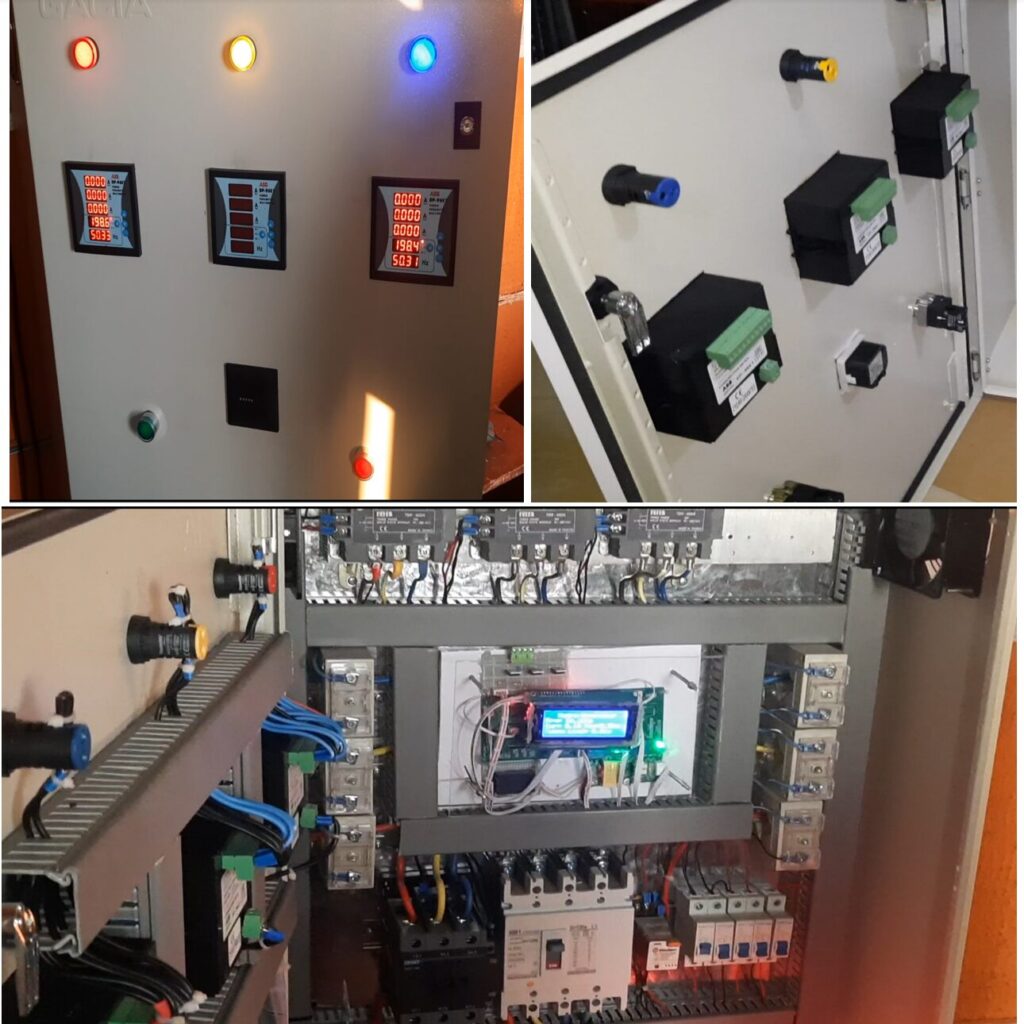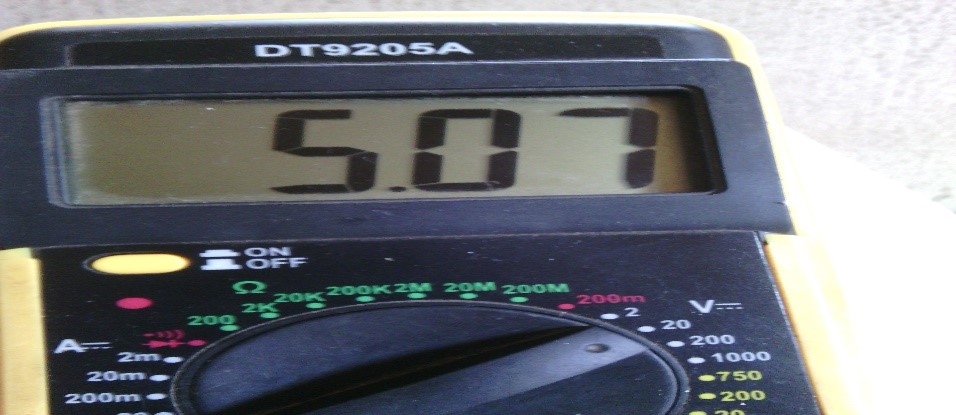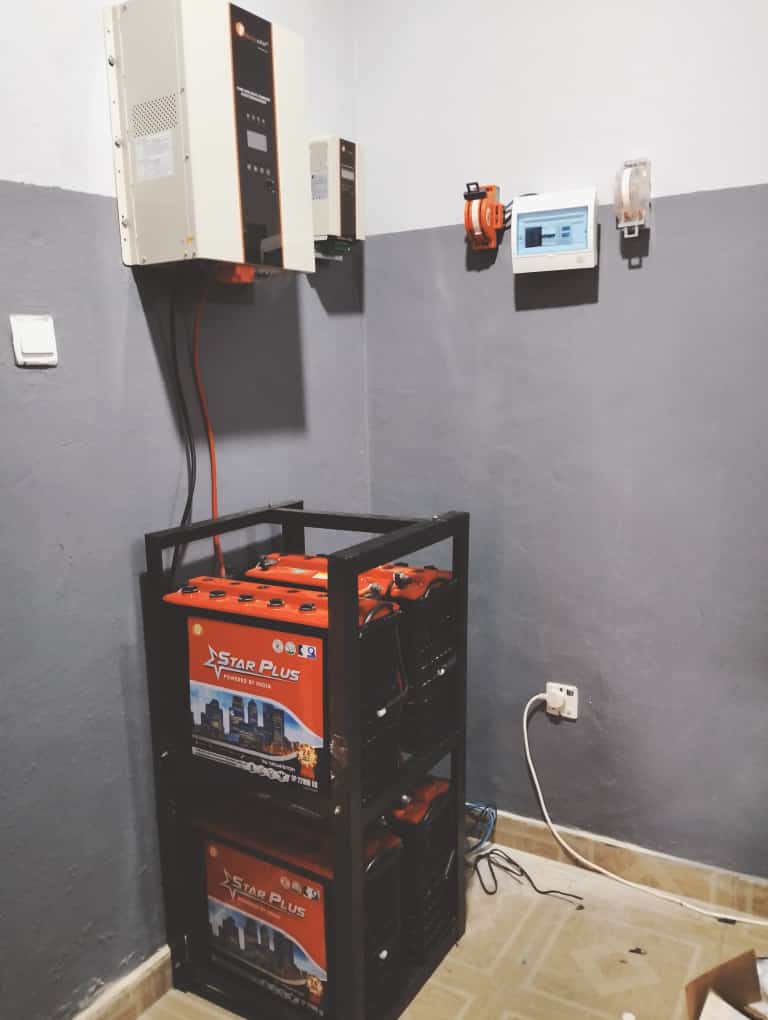A programmable electronic load controller (ELC) panel design is an essential component in power systems and industrial applications. It allows for precise control and monitoring of electronic loads, ensuring efficient power management and protection. In this article, we will discuss the key considerations and steps involved in designing a programmable ELC control panel.

Our programmable ELC panel design was built to be interfaced with a hydro-electric generator. It acts as a dummy load, mimicking the power draw of real devices. This means it can switch between the dummy loads to ensure it maintains the required balancing when the system is running. It’s a crucial tool for testing This power supply source. Manually adjusting the load is tedious and inaccurate, hence the magic of programmable control!
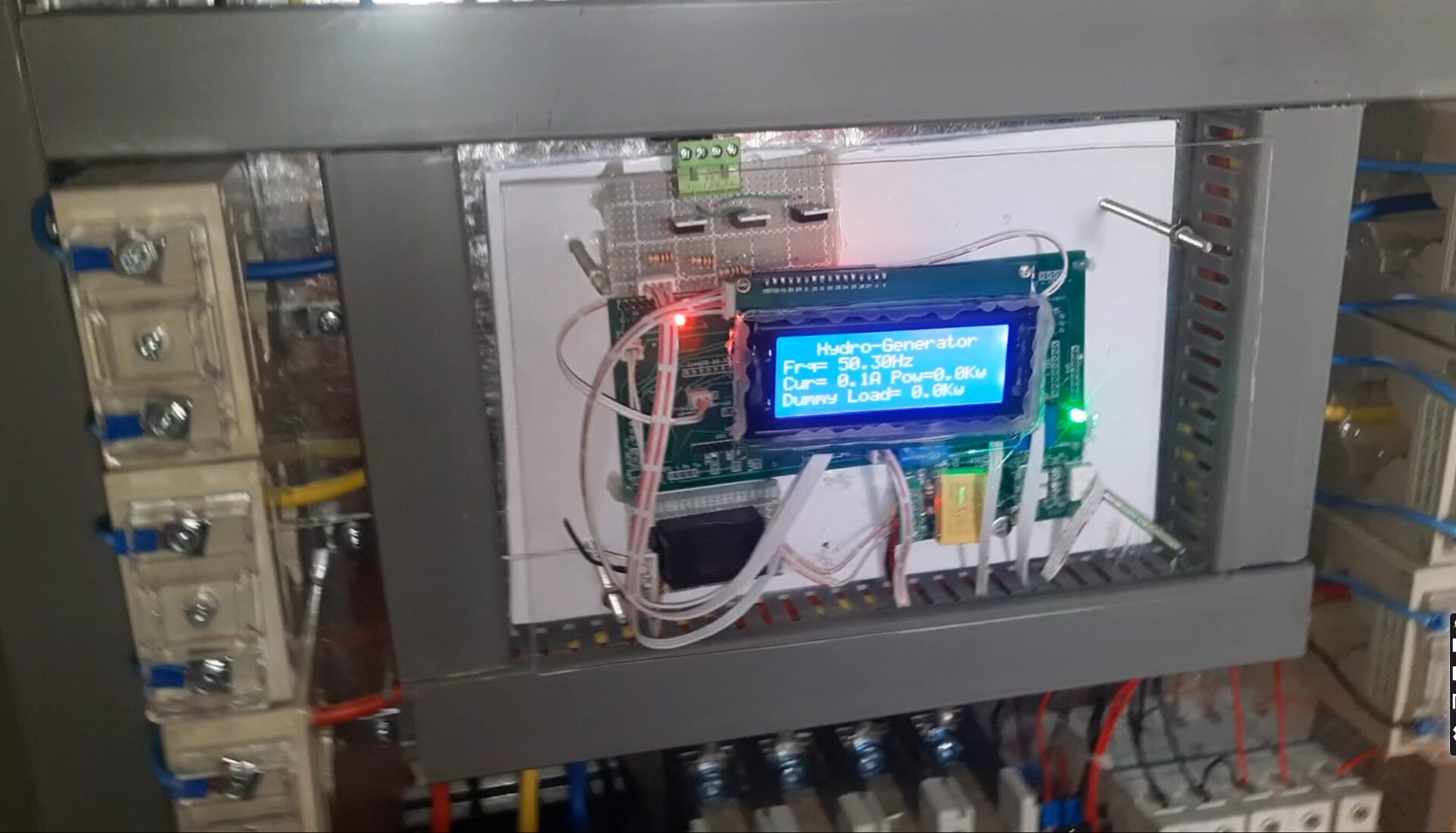
It offers precision and flexibility of a programmable Electronic Load Controller (ELC)? Well, gather your soldering irons and dive into this comprehensive guide on designing your very own Programmable ELC Control Panel! At little cost.
Step 1: Define the Requirements for the electronic load controller, ELC control panel
The first step in designing a programmable ELC control panel is to clearly define the requirements. This includes understanding the load characteristics, voltage and current ratings, and any specific control and monitoring features needed. Additionally, consider factors such as system integration, communication protocols, and safety requirements.
Step 2: Select the Hardware Materials for the electronic load controller, ELC control panel
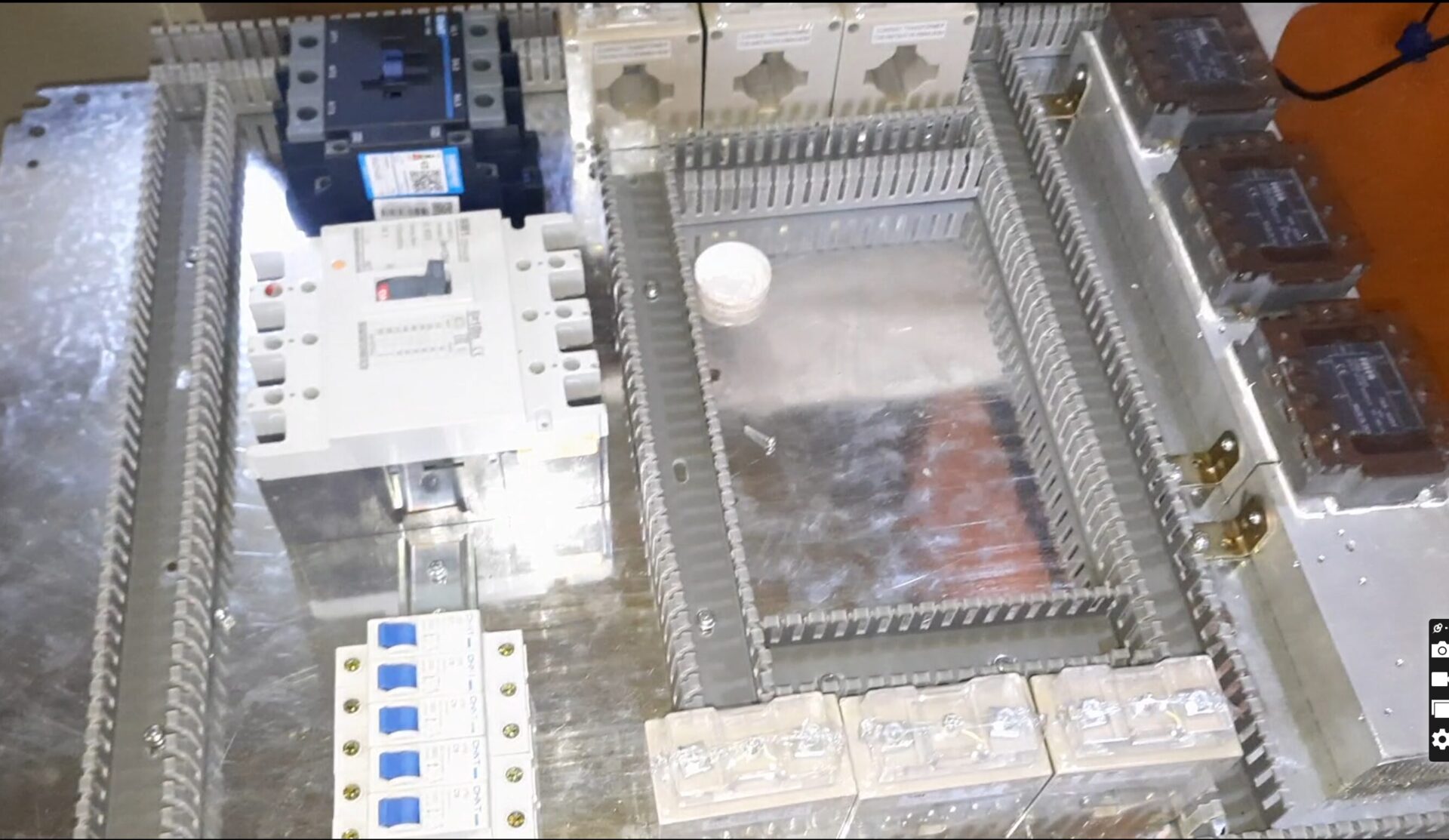
Once the requirements are defined, the next step is to select the appropriate hardware components for the electronic load controller (ELC) control panel. This includes choosing a microcontroller, Atmega328P-PU, that can handle the desired functionality and communication capabilities. We also selected high-quality relays, breaker, contactors and connectors that can handle the voltage and current requirements of the loads.
Since this design is a proprietary design of Smartech A.T Limited. If you want the list of Bulk of materials used for this design. Kindly fill out the form below or contact us on any of our social handles listed below.
Step 3: Design the User Interface
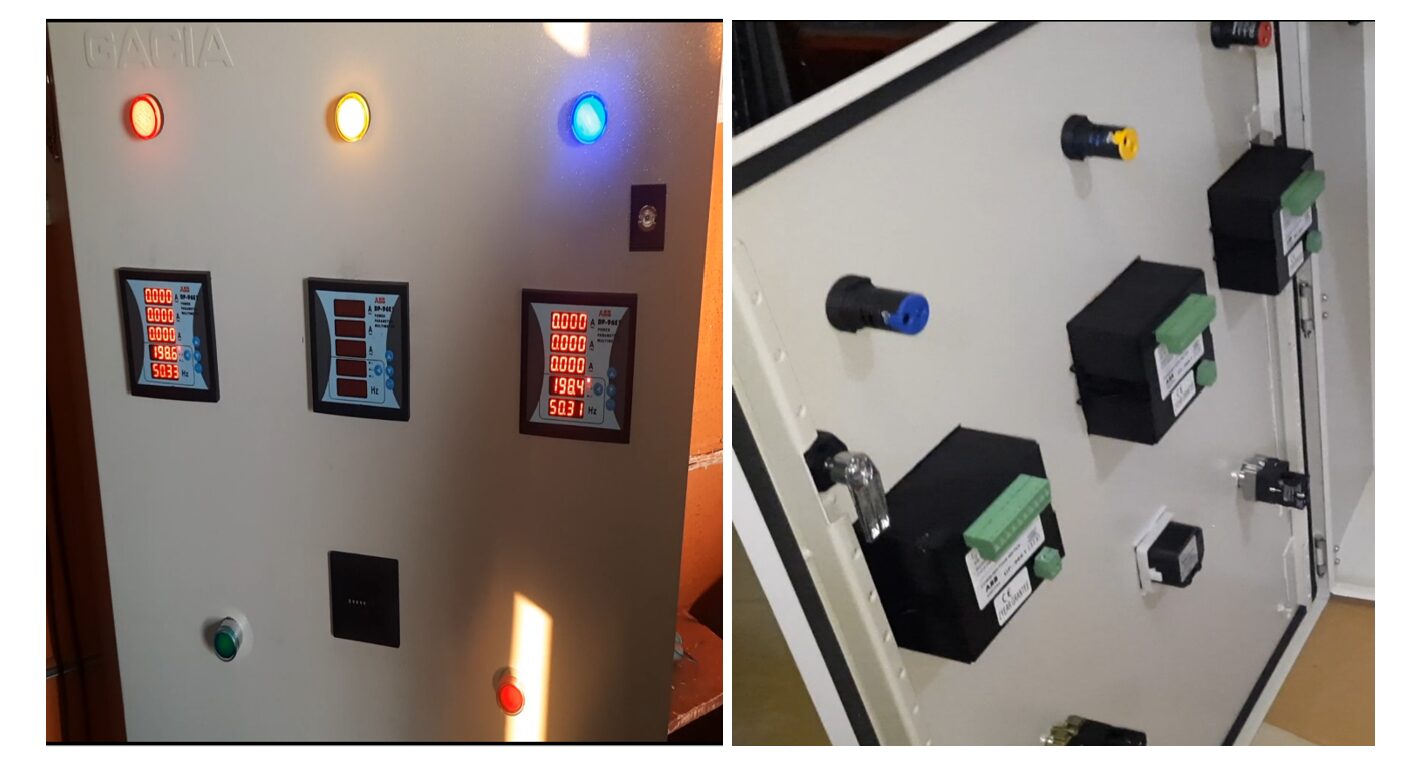
The user interface is a critical aspect of the ELC control panel. Ours was designed to be intuitive and easy to use, allowing operators to monitor and control the electronic loads effectively.
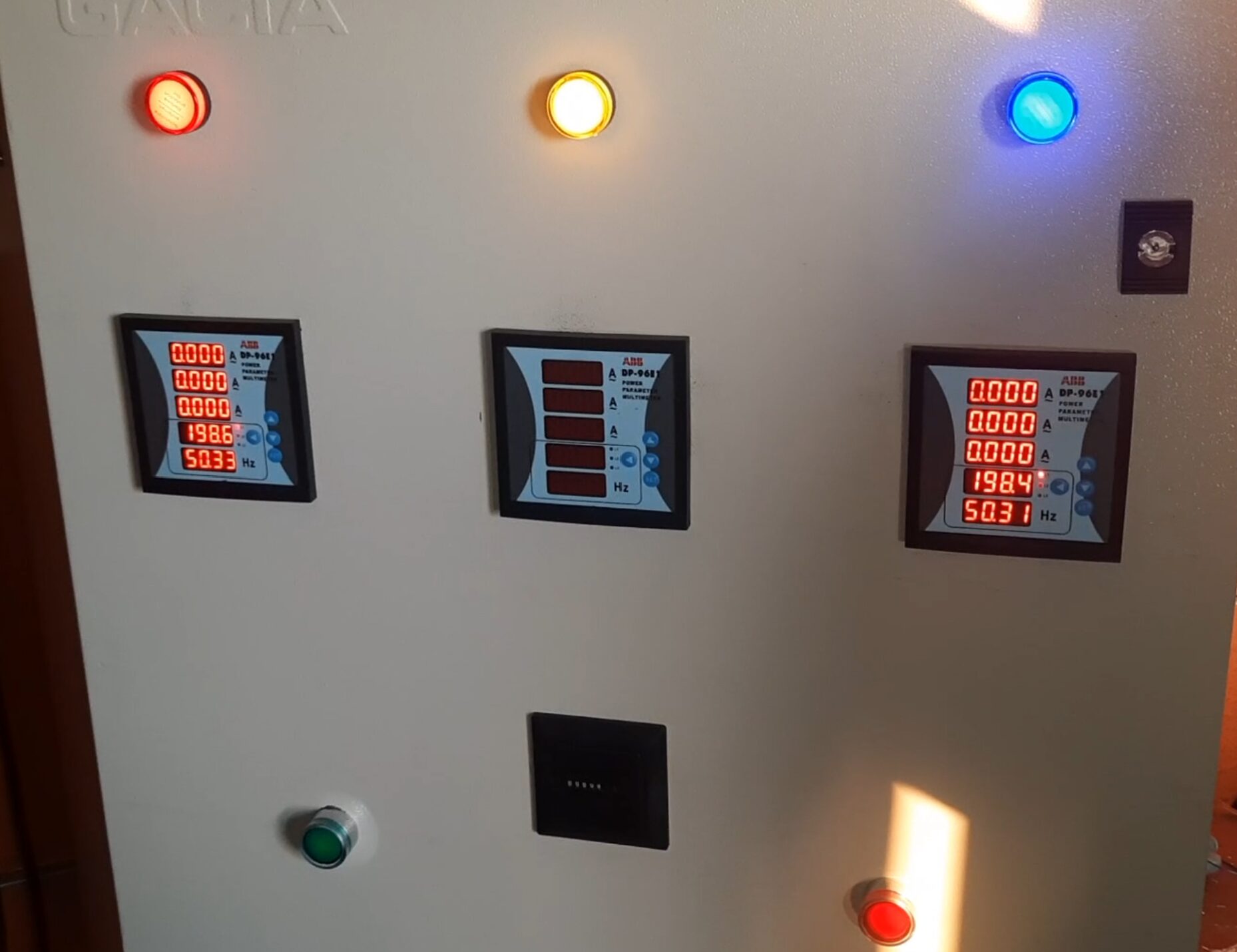
We incorporated a combination of buttons, emergency stop switch, digital voltmeter and ammeter with displays. We designed the interface to display important parameters such as voltage, current, power, and status indicators.
Step 4: Schematic Diagram and Control Algorithms of the Electronic Load Controller (ELC)
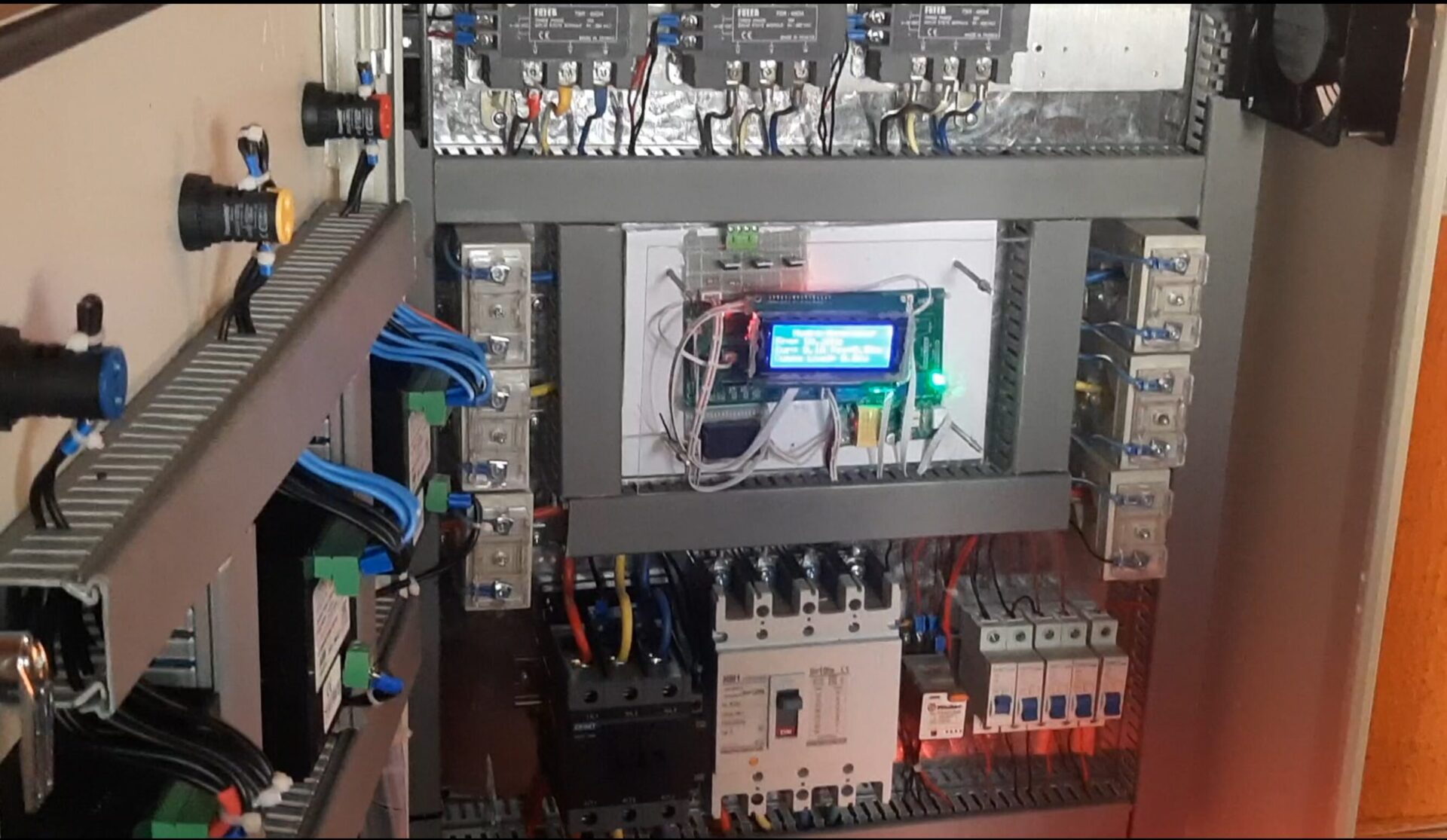
The control algorithms determine how the ELC panel design responds to various conditions and load changes. We developed an algorithms that provide accurate and stable control, ensuring smooth operation and protection of the electronic loads.
We however cannot release the schematic diagram of this Programmable Electronic Load Controller (ELC) Panel Design as open source. If you want a copy of the schematic diagram, kindly fill out the form below and we will reach out to you to let you know what it takes to get a copy.
Our algorithm considered the implementation of features like as current limiting, overvoltage protection, and load sequencing to enhance the performance and safety of the system.
Step 5: Programming the Programmable ELC Panel Design
To program the development board or the PCB design that we incorporated into the ELC panel design. The PCB design had at its center, the brain, Atmega328P-PU which was used to to sense the loads and ensure accurate balancing of the loads themselves.
You May Like…
- How to Design Solar Based Inverter – 0.5KVA Inverter Capacity
- Face and Fingerprint Recognition Biometric Surveillance Project
- How To Generate Electricity using foot-steps with backup charging station (Piezoelectric generator) Project
- Finding Love – How to Find Love in 2023
Step 6: Ensure Safety and Protection
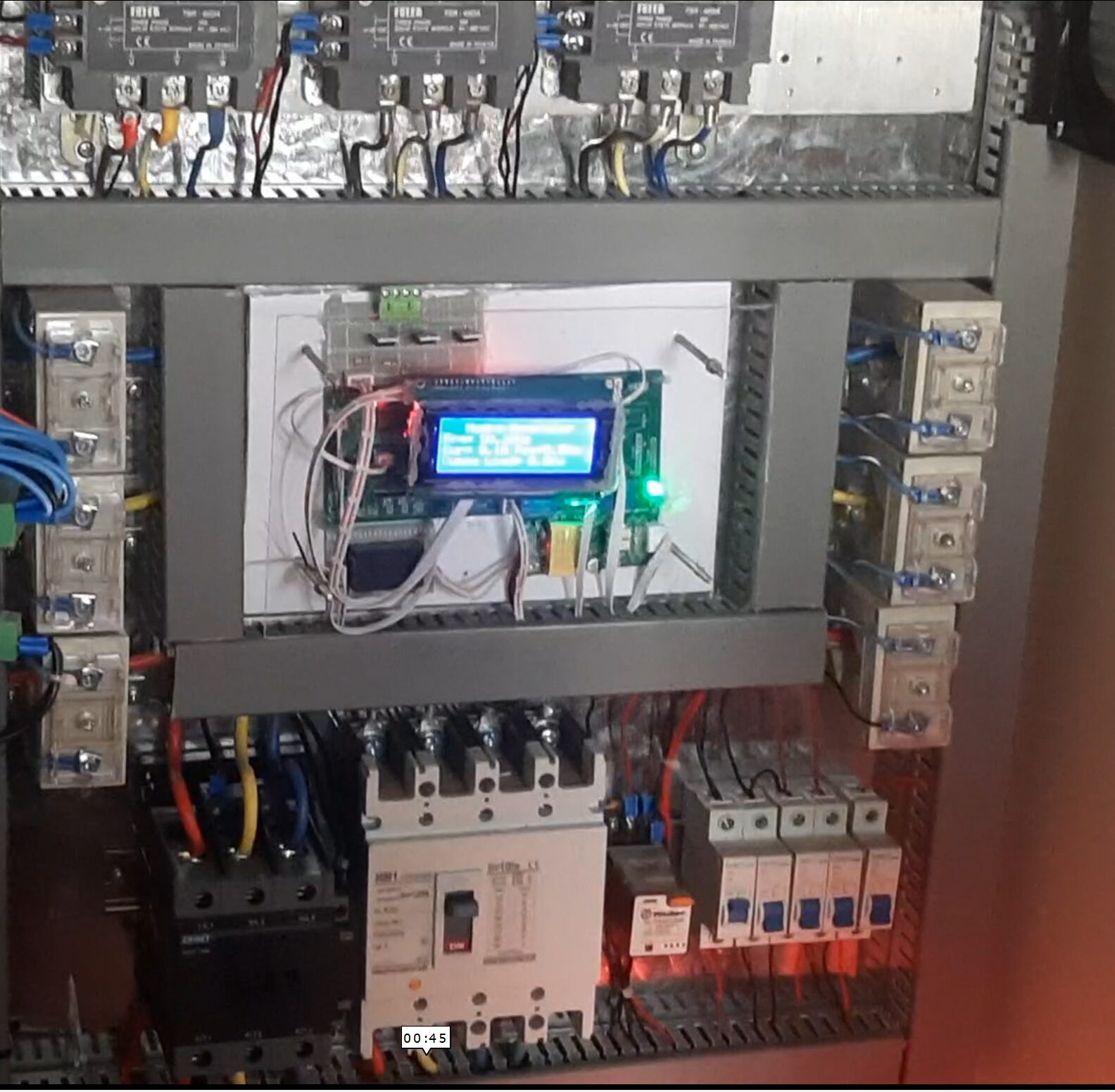
Safety is of utmost importance in any control panel design and safety is our watch word when we were building this design. We implemented appropriate safety measures, such as fuses, circuit breakers, and isolation transformers, to protect the ELC control panel and the connected electronic loads from electrical faults and overloads.

We incorporated features like emergency stop buttons and fault detection mechanisms to ensure the safety of operators and equipment.
Step 7: Testing and Validation
Before deploying the ELC control panel, we carried out thorough testing and validation to ensure its proper functioning. We tested the control panel under various operating conditions and load scenarios to verify its performance and accuracy. We also validated the control algorithms and communication protocols to ensure seamless integration and reliable operation. Watch the YouTube video above to see the design in service.
Conclusion
Designing a programmable ELC control panel requires careful consideration of the requirements, selection of suitable hardware, intuitive user interface design, development of control algorithms, implementation of communication protocols, and ensuring safety and protection measures. By following these steps mentioned in this blog post and paying attention to detail, you can design an efficient and reliable ELC control panel for your power systems or industrial applications.
Frequently Asked Questions for Programmable ELC Panel Design:
Hardware:
- What’s the best microcontroller for my ELC panel?
- The choice depends on your needs and complexity. Arduino Uno is beginner-friendly, ESP32 offers Wi-Fi connectivity, Raspberry Pi Pico has powerful processing. Consider input/output options, communication protocols, and learning curve.
- Can I build my own ELC or should I buy one?
- Building your ELC allows customization and deeper understanding, but requires electronics knowledge. Pre-built modules are easier but restrict flexibility. Choose based on your skills and project goals.
- What type of power supply do I need?
- Ensure it matches the voltage and current requirements of your ELC and panel components. Consider headroom for future expansion.
- What display options are available for my panel?
- LCDs are affordable and easy to use, OLEDs offer better contrast and viewing angles. Consider size, resolution, and power consumption.
- What input devices should I use for control?
- Pushbuttons are simple, knobs and joysticks offer finer control, rotary encoders are ideal for precise adjustments. Choose based on desired complexity and user experience.
Software:
- Which programming language should I learn?
- Arduino IDE, MicroPython, and CircuitPython are popular choices for microcontrollers. Choose one you’re comfortable with or eager to learn. Consider online tutorials and communities for support.
- What control algorithms can I use for the ELC?
- Constant current, constant voltage, and custom profiles are common options. Consider your testing needs and desired functionality.
- Can I monitor ELC performance with sensors?
- Yes! Implement voltage, current, and temperature sensors for real-time feedback and data analysis.
- Can I control my ELC panel remotely?
- Yes! Explore Bluetooth, Wi-Fi, or USB communication protocols for wireless control and data transmission.
General:
- Is building my own ELC panel safe?
- Absolutely! Always prioritize safety. Follow proper electrical practices, ensure component ratings are suitable, and implement overcurrent and overvoltage protection.
- Where can I find resources and help for my project?
- Online forums like EEVBlog, communities like DIY Electronics, and project websites offer invaluable resources, troubleshooting tips, and inspiration.
- What are some advanced features I can add to my panel?
- MPPT for solar panel optimization, data logging and analysis, remote monitoring and control, and even touch screen interfaces are exciting possibilities!
